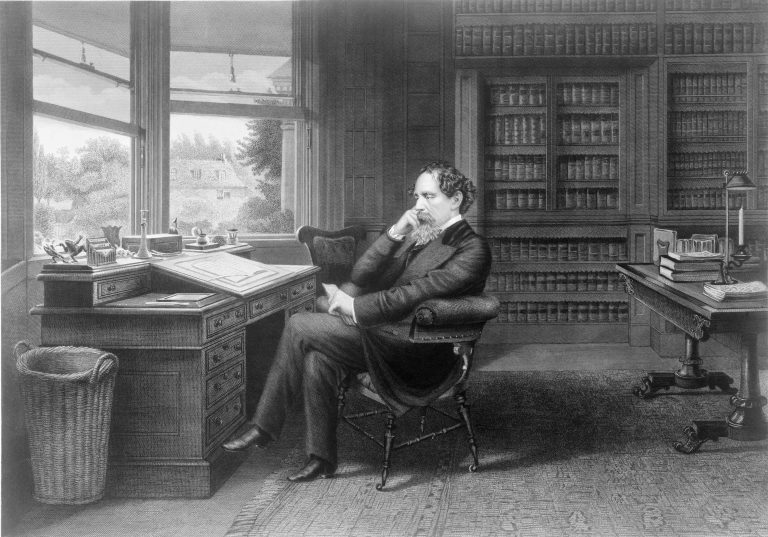
-
Q&A: Television Drama in Mexico
Read more: Q&A: Television Drama in MexicoPaul Julian Smith reflects on visiting Mexico City whilst researching his new book.


Paul Julian Smith reflects on visiting Mexico City whilst researching his new book.

by Tonya N. Stebbins and Cara Penry Williams In an age where women are increasingly active in the workforce and have historically high rates of engagement with education, the lack of safety many experience in their own homes is profoundly…

By Adnan Ajšić If you have seen the 1999 movie The Matrix, you will remember the green code tumbling down the black screen like digital rain from the title scene. Later in the movie, Tank, one of the characters, ‘reads’…

by Pablo Ruano Delving into characters’ minds is not Dickens’s strong suit. On the contrary, Dickens’s figures are best known for their simplicity, being frequently characterized by a repeated use of either a striking phrase that dominates their speech (such…
In this post, Tony Berber Sardinha and Marcia Veirano Pinto detail their corpus based research on American television and off-screen registers for an article appearing in Corpora. Read the full article including details of the methodology and results here. What…